#african beadwork
Photo

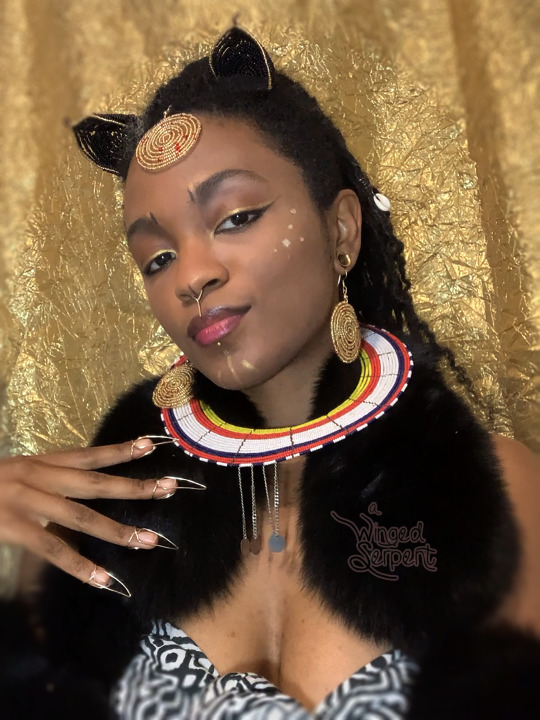


Leo Season Pieces Have Hit The Shop!
Featured:
Lineage - Gold Nosebone
Bastet - Gold Septum
Purrr - African Beaded Wire Cat Ears
The Sun’s Favorite - Medallion Set
Fierce - Wire Claw Stiletto Nails
Shop A Winged Serpent
#handmade jewelry#african beadwork#afro style#indigenous artist#nails#claws#cat#feline#stray#leo#leo season#gold#black owned#wire wrapped jewelry#cosplay
100 notes
·
View notes
Text

Parure contemporaine de bijoux ethniques bleus et multicolores ::: Timeless Fineries
timelessfineries.etsy.com
#bijoux ethniques#collier avec pendentif#bijoux bleus#parure de bijoux perlés#bijoux africains kenyans#boucles d'oreilles ethniques bleues#timeless fineries#bijoux bohème#style hippie chic#ethnic jewelry#beaded jewelry set#blue jewelry#kenyan style#african beadwork#ethnic earrings#pendant necklace
1 note
·
View note
Text

714 notes
·
View notes
Text
For #WorldElephantDay 🐘:

Elephant masks
Blue cotton cloth, colored beads
Red cotton cloth, glass beads
Bamiléké people (Cameroon)
Field Museum 174137, 174140
Sign text:
“Elephants were royal animals
Members of secret societies- exclusive groups of men charged with maintaining the peace and safety of the kingdom - wore these elephant masks during rituals. Notice the circles that make the elephants' ears and the fancy beadwork that creates their long, flat trunks.
Images of elephants represented royalty in the sacred or precious objects of Grassfields peoples, as well as in many other African kingdoms. Grassfields kings, or fon, adopted the elephant as one of their royal animals. Objects made from elephant hide or from ivory were always reserved for fon.”
#animals in art#elephant#elephants#mask#Field Museum#museum visit#beadwork#textiles#Bamiléké art#African art#royal animal#animal holiday#World Elephant Day
53 notes
·
View notes
Text
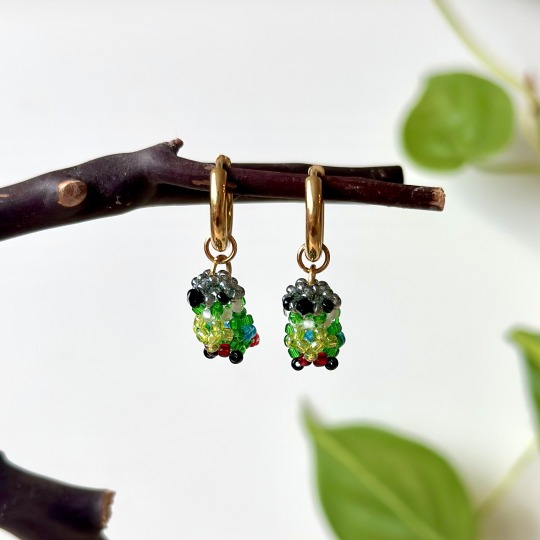
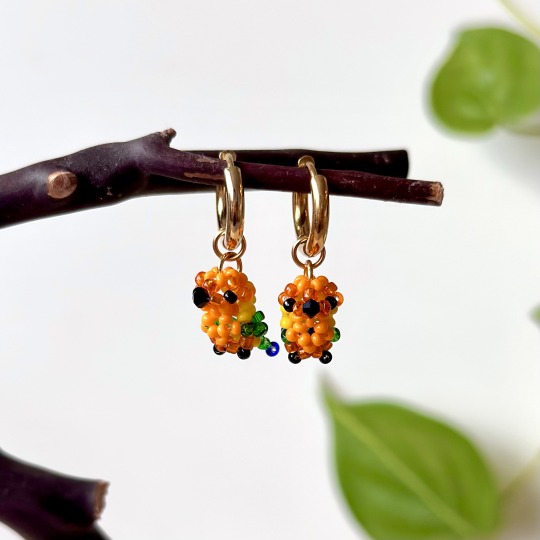
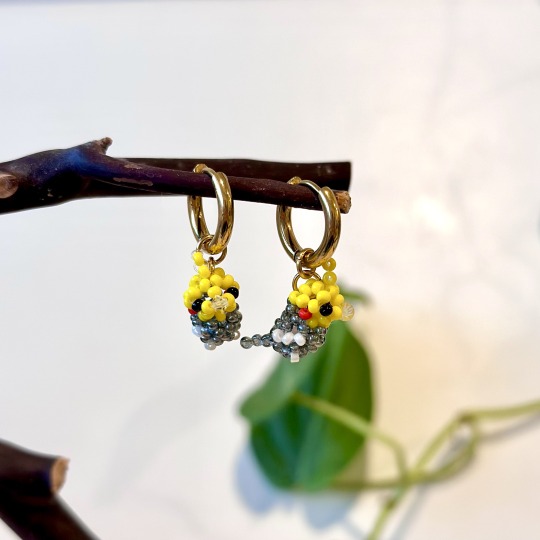
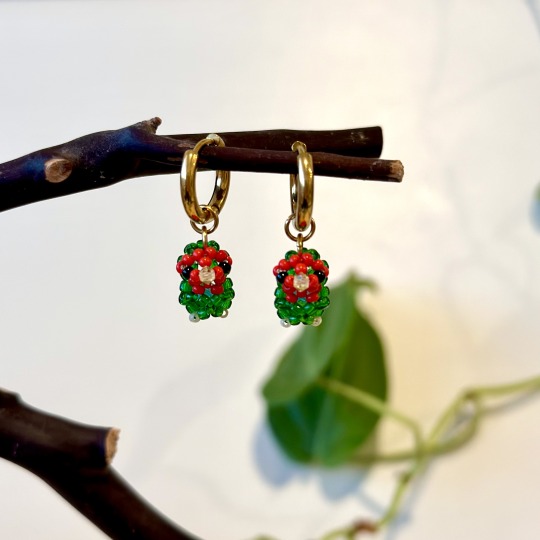
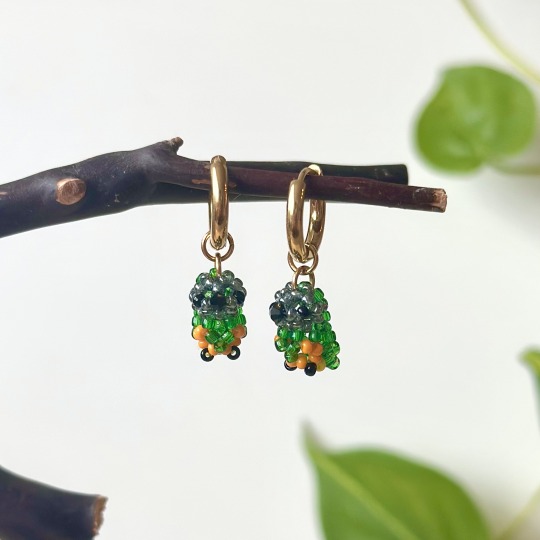

i made lil birbs you can adopt 🦜💛
instagram | etsy
#my work#my etsy#beadwork#beaded jewelry#handmade#beading#birblr#beaded animals#parrots#conure#green cheek conure#sun conure#cockatiel#lovebird#senegal parrot#african grey#bird art#birds#yellowcloudstudio
14 notes
·
View notes
Text

#jewelry#beaded jewelry#beaded bracelet#ghetto fabulous#ghetto fabulous coquette#pink blog#afrofuturism#african beauty#pink pilates princess#afrikan beauty#black beauty#beadwork#black femininity
4 notes
·
View notes
Text

Zulu beadwork not only looks beautiful, but the fact that every color and pattern was added for a specific reason just adds to its elegance!
🇸🇿💖🇿🇦
#history#zulu beadwork#traditional fashion#love#african history#beadwork#ucu#indigenous peoples#african femininity#womens history#glass beads#femininity#fashion#coquette history#zulu#traditional africa#traditional femininity#black femininity#coquette#zulu history#romantic#feminine#jewelry#clothing#african culture#beautiful#nickys facts
25 notes
·
View notes
Text
The Watershed - Cape Town, South Africa
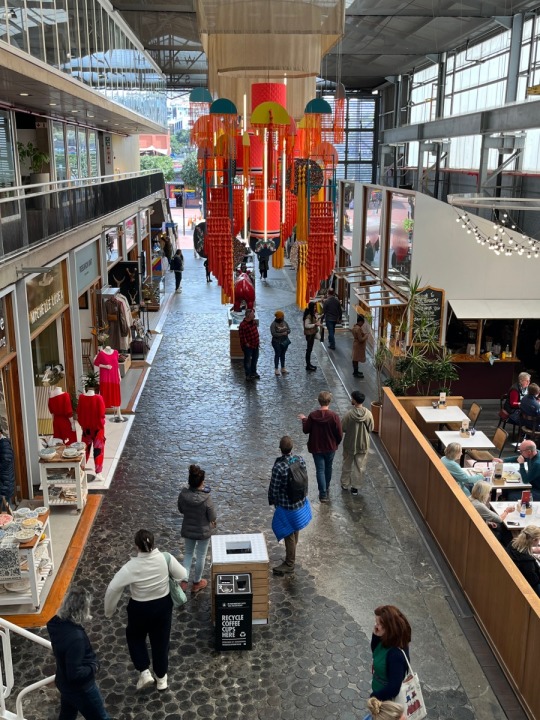
View On WordPress
#Africa#African Art#Art#Arts & Crafts#Beadwork#Cape Town#Ceramics#Design#Handmade#recycled#Shopping#shweshwe#South Africa#Textiles#Travel#upcycled
3 notes
·
View notes
Text

Explore the Unique Handcrafted Accessories from African Fashion Stores
Whether you decide on beautiful beadwork, Ankara prints, wooden accents, cowrie shells, Masai adornments, or Kente material, each piece mirrors the creative brightness and soul of Africa.
#African fashion accessories#Handcrafted African jewelry#Ethnic fashion store#African-inspired clothing#Traditional African attire#Ankara prints fashion#African beadwork accessories#Afrocentric fashion#African fabric accessories#Tribal fashion trends#African fashion designers#Cultural fashion pieces#Afro-chic accessories#African heritage fashion#Kente cloth accessories#Cowrie shell jewelry#Masai beadwork#African print scarves#Wooden embellishments#Contemporary African fashion#Sustainable African fashion#Afro-boho style#African fashion store collections#Authentic African accessories#Artisanal African fashion
0 notes
Text
New collection is out! Check out my shop
Awingedserpent.bigcartel.com
#handmade jewelry#black owned#beaded jewelry#african beading#indigenous beadwork#rainbow#accessories#waist beads#fashion#african beadwork
70 notes
·
View notes
Text
The History of African Jewelry
There is a rich history of jewelry in Africa, with each region and culture having its own unique styles and traditions. Here are a few examples of jewelry that were worn in Africa before the slave trade:
Gold and silver jewelry - Many African civilizations, such as the ancient Egyptians, Ghana, Mali, and Songhai empires, used gold and silver to create intricate jewelry. These metals were highly valued and often used in trade.
Beadwork - Beads were used by many African tribes to create jewelry. These beads were made from materials such as clay, glass, ivory, and bone, and were often used to create intricate patterns and designs.
Cowrie shells - Cowrie shells were widely used in Africa as a form of currency and were also used to create jewelry. They were often strung together to create necklaces, bracelets, and anklets.
Leather and animal hide - In some parts of Africa, jewelry was made from leather and animal hide. These materials were often decorated with beads, shells, or bones to create unique and intricate designs.
Ivory and bone - Ivory and bone were often used to create jewelry, particularly in West and Central Africa. These materials were carved into intricate shapes and designs, and were often used to create pendants, bracelets, and earrings.
These are just a few examples of the types of jewelry worn in Africa before the slave trade. Each region and culture had its own unique styles and traditions, and jewelry played an important role in expressing one's identity, social status, and cultural heritage.

#•#African jewelry history#Gold and silver jewelry in Africa#Beadwork in African jewelry#Cowrie shell jewelry#Leather jewelry#brass jewelry#handmade jewelry
1 note
·
View note
Text

Bijou africain traditionnel Massai ::: Timeless Fineries
Collier africain multi-rangs composé de perles rouges et multicolores et de diques métalliques.
#bijou africain#collier massai#bijou ethnique#collier traditionnel#timeless fineries#mode africaine#bijou tribal#collier africain#african jewellery#maasai necklace#ethnic jewelry#ethnic fashion#african beadwork
1 note
·
View note
Text

#African waist-beads#bodypositivity#handmade#spirituality#sensuality#beadwork#you know the vibes#lifemagicsa#lifestyle#bodyjewelry
0 notes
Text
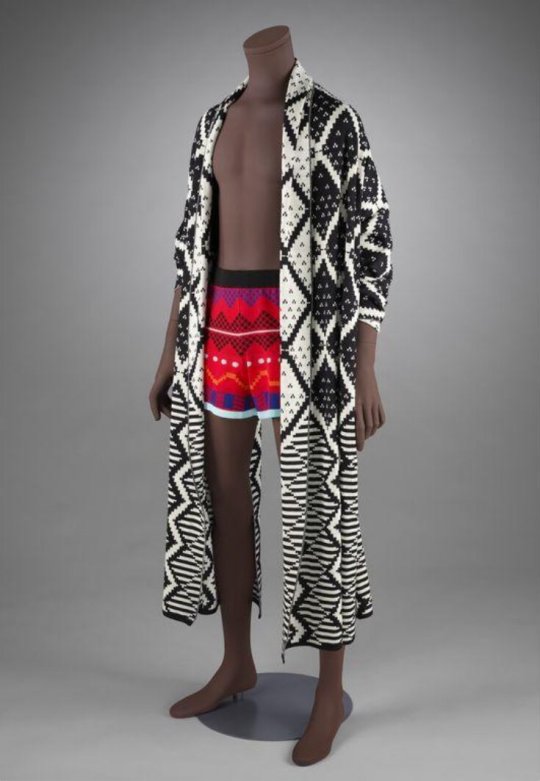

Ensemble
Laduma Ngxokolo for MAXHOSA AFRICA
Fall/Winter 2015
Laduma Ngxokolo founded South African knitwear brand MAXHOSA AFRICA in 2012. Ngxokolo became interested in fashion design as a teenager when his mother, also a designer, bought a knitting machine for the home. Ngxokolo remarks this move ‘changed my direction in life forever’.
The two pieces here offer fine examples of the distinctive patterns that run through MAXHOSA, with the confidence of design and craftsmanship dominating the look, emphasizing the Xhosa aesthetic. The black and white shawl, which can be worn in a multitude of styles and shapes, is the first garment that Ngxokolo made to be worn by both men and women. The black and white colourway of the garment brings out the boldness of MAXHOSA design through its inherent focus on the Xhosa patterns, which are reminiscent of Xhosa beadwork. Here, the shawl is paired with red shorts, which was modeled at the 2015 Johannesburg Fashion Week.
Victoria & Albert (Accession number: T.2432:1,2-2021)
#ensemble#fashion#african fashion#laduma ngxokolo#maxhosa africa#south africa#xhosa#fall#winter#2015#21st century#runway fashion#modern fashion#victoria and albert#v and a#just visited their website#a pair of pants I ADORE#but alas i can't drop $900 on pants
207 notes
·
View notes
Text
yaknow i think the easiest way to explain the harm in anti-theism is that because religion, spirituality, and culture are so heavily intertwined that when you get rid of religion you then get rid of culture. that creates a lot of contradictions when it comes to supporting cultural movements.
you're an anti-theist but you want to support native americans? ok, cool, but what about our culture? are you gonna advocate for our land back and then ridicule us for smudging sage and honoring Creator? great, thanks, that's exactly what colonizers did.
you're an anti-theist but you want to support african american culture? ok, cool, but what about our spiritual practices and our superstitions? do you want to get rid of hoodoo and voodoo? go ahead, but that's erasing valuable black culture.
what about ethnoreligions? where will you draw the line between ethnic culture and religion?
or is culture just as nonsensical? and yeah, some people might say "oh no, you're wrong, i'm not against culture." okay, let's go back to native americans. i'm partially choctaw. if you advocate to give us our land back and protect our tribe will you defend our spirituality? if not, and if you succeed in getting rid of religion then you also get rid of the patterns in our regalia and our beadwork, our mythology, and our Creator.
i dunno, how can anti-theism succeed without destroying culture? if anti-theism truly aims to succeed, it must also destroy spiritually and culture.
84 notes
·
View notes
Text





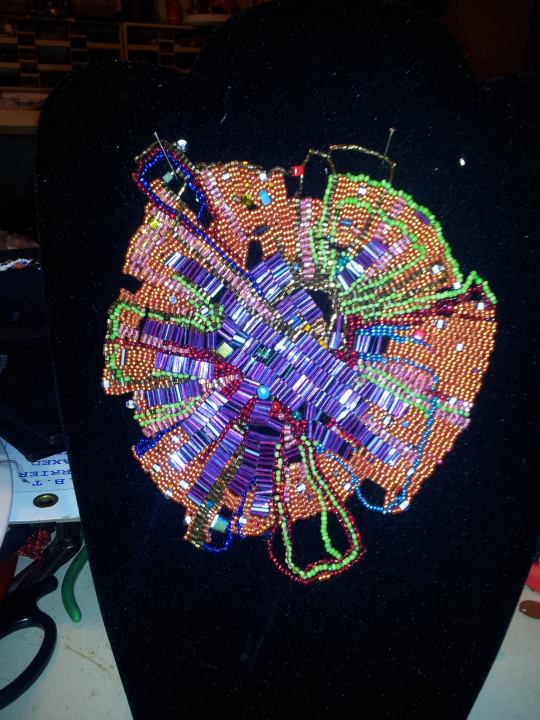



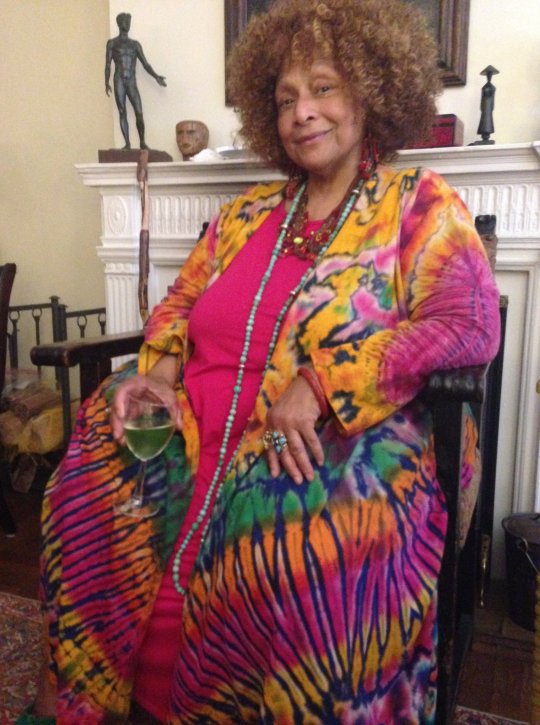
Joyce J. Scott (born 1948) is an African-American artist, sculptor, quilter, performance artist, installation artist, print-maker, lecturer and educator. Named a MacArthur Fellow in 2016, and a Smithsonian Visionary Artist in 2019, Scott is best known for her figurative sculptures and jewellery using free form, off-loom beadweaving techniques, similar to a peyote stitch. (wiki)
Joyce Scott associates her beadwork with American Indian, African American, and West African cultures. Scott grew up in Baltimore and trained in fine art and art history. Drawing on past generations of craftspeople in her family, she adapts the traditions of handcrafted beadwork to create edgy imagery that often suggests issues of race and gender. The expressive faces in Africa appear to tell a story, but Scott invites us to form our own ideas about what the piece means. She used the “peyote” stitch to craft the necklace, a technique that derives from American Indian beadwork. The name comes from the peyote cactus, which is eaten during spiritual ceremonies with a beaded utensil. (SAAM)
https://www.craftinamerica.org/artist/joyce-j-scott
30 notes
·
View notes